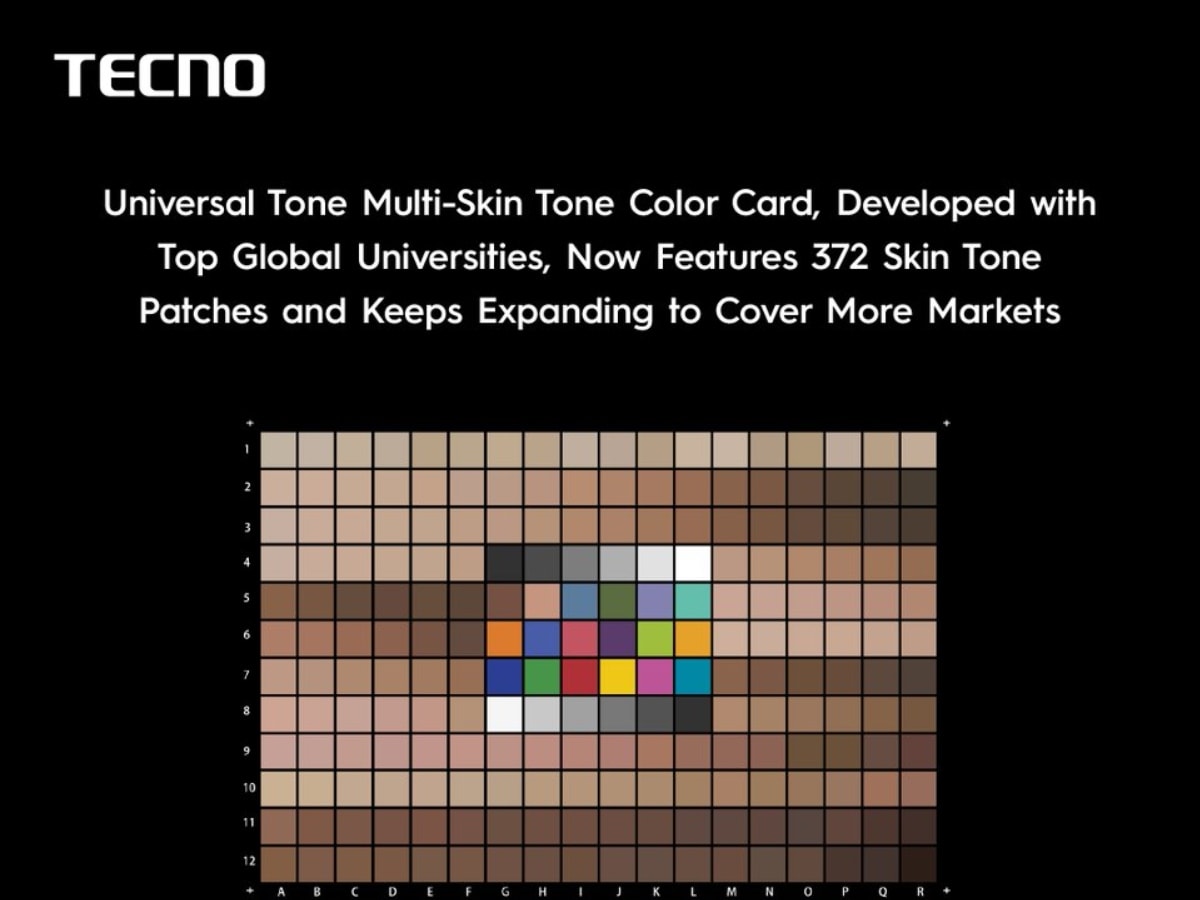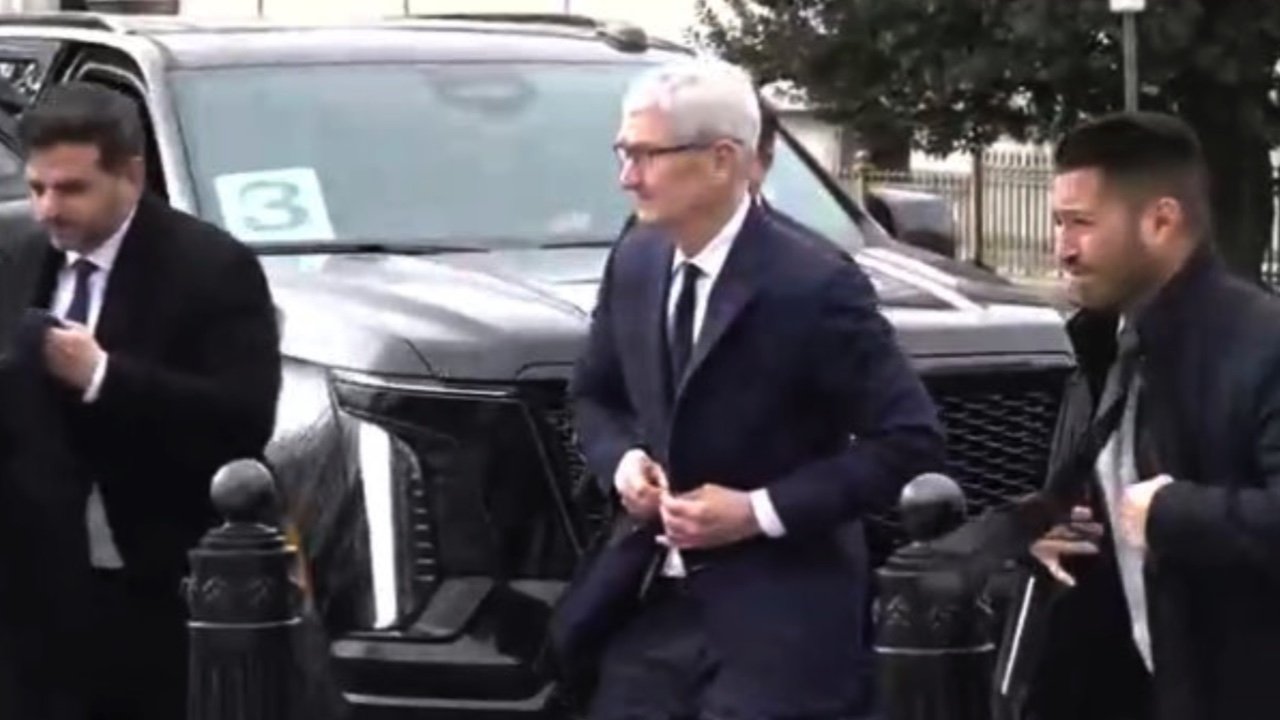By Byron Kaye and Alasdair Pal
SYDNEY (Reuters) – Software testers hired by the Australian government to determine how to enforce the world’s first national social media ban on teens have worked on defense and election contracts but will use a different experience to further their investigation. guide: their own children arguing online.
“We’re all parents of kids of different ages and we’re certainly aware of all the little tricks kids do,” said Andrew Hammond, managing director of technology contractor KJR, which will conduct the trial on about 1,200 random samples from January through 2015. elected Australians. March.
“Kids are quite resourceful, so we’ll definitely have our eyes and ears open,” added Hammond, whose previous projects include auditing the deployment software for Australian troops in Afghanistan.
The study, one of the largest experiments ever in age-verification technology, is likely to set the course for lawmakers and tech platforms around the world as they navigate an effort to age-restrict social media at a time of growing concern about the mental health of young people. data collection.
From the end of 2025, platforms like Meta’s Instagram, Elon Musk’s . Google’s YouTube, a classroom staple, is exempt.
But the legislation does not specify what those reasonable steps should be. This is thanks to the trial, overseen by the Age Check Certification Scheme, a British consultancy, which expects around twelve participating technology companies and must make recommendations by mid-2025.
Options include age estimation where a user’s video selfie is biometrically analyzed and then deleted; age verification where a user uploads identifying documents to a third-party provider who sends an anonymous confirmation token to the platform; and age inference where a user’s email address is compared to other accounts.
“The approach the Australian government takes could impact how other countries approach online age checks for social media content,” said Julie Dawson, head of policy and regulator at age verification company Yoti, which is carrying out age checks for Meta’s new system of increased privacy settings. for teenage Instagram users.
Some European countries and US states have established age minimums for social media, but none have introduced an enforcement regime due to legal challenges based on preserving privacy and freedom of expression.
Even lawmakers in Australia’s conservative opposition, whose support was needed to get the center-left government’s ban through parliament, warned that the ban could justify collecting personal information — echoing a November post from X owner Elon Musk that it ‘seems like a back door’. to control access to the internet for all Australians”.
Communications Minister Michelle Rowlands told parliament the ban “is not about government mandating any form of technology or requiring personal information to be transferred to social media companies”.
A last-minute change in the law stipulates that platforms that request identifying documents must offer an alternative age limit.
YOUNG USERS, YOUNGER TECH
The push to block minors from parts of the Internet has existed since pornography and gambling websites flooded the early World Wide Web. It has taken on new urgency since a Meta whistleblower leaked internal emails in 2021 showing that his products were harmful to young users. Meta has said the documents have been misinterpreted.
Rising demand has driven technological development, but no product is yet foolproof when it comes to combining accuracy, privacy, security and usability, says Tony Allen, CEO of the Age Check Certification Scheme, which will test products for Australia against those criteria.
Adding to the challenge, many people in the age range targeted by a ban do not have common identification documents, such as a driver’s license or credit card.
That calls for age verification technology that analyzes a person’s characteristics, such as wrinkles on the face or their hand.
Yoti, Meta’s age checking partner, says its accuracy has improved to the point where it can identify more than 99% of people between the ages of 13 and 17 as under 25. It says that the standard deviation of error in guessing the age of an 18-year-old is just over a year.
That may not yet be accurate enough for an age restriction in a country of 27 million people, says Konstantin Poptodorov, director of fraud and identity at digital identification company LexisNexis Risk Solutions, noting the rapid improvements and adoption of technologies such as facial recognition in healthcare. the past decade.
Meta’s policy director for Australia and New Zealand, Mia Garlick, said Yoti benefited from Instagram’s teen privacy policy, but in terms of appearance “some people grow up very quickly, and some people don’t”.
Meta was unsure whether expanding her Yoti scheme would comply with Australia’s ban because “we don’t know if what we are currently doing will be considered ‘reasonable steps’,” she added.
Providers who rely on uploaded identification documents can participate in the trial, but “almost the whole ethos behind the way age assurance works is ‘we don’t want to collect data,'” said Allen, CEO of the age certification program.
Software testers asked some trial participants to try to fool the technology with appearance-altering filters, but only left out the products that failed to stop the solutions that were considered cheap and scalable.
Allen didn’t have a front runner for which product he would recommend, but did predict one recommendation.
“There has to be choice for the consumer,” he said.
“They should all be equally effective and meet a certain level of certainty, but if you’re looking for a silver bullet, you won’t find one.”
($1 = 1.5411 Australian dollars)
(Reporting by Byron Kaye; Editing by Lincoln Feast.)









